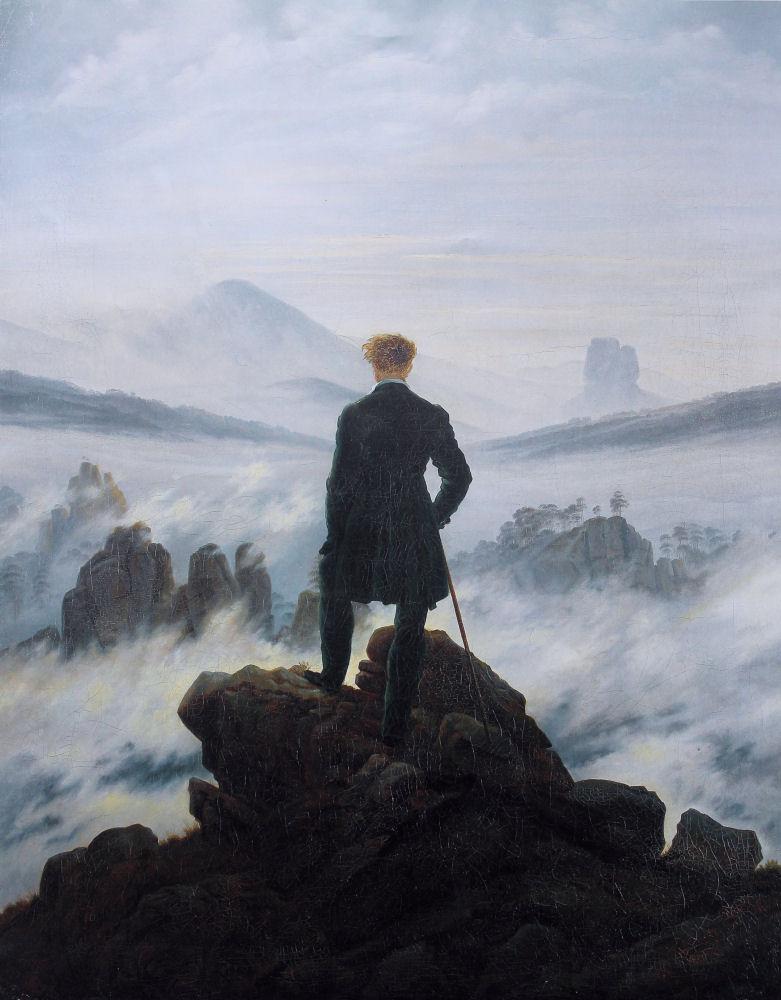(xv) World environmental history

How does History look examined not from the traditional units of nation, empire, or peoples, but from the shape of the natural world? How does nature give shape to history, and how is it shaped itself by human action through history? How have categories like ‘nature’, ‘climate’ or ‘environment’ emerged and been understood?
This course takes a transnational view of how features of the natural world – forests, rivers, poles, mountains, climate – have played a role in history; both in how they have been exposed to physical change, but also acted as resources for the imagination and become objects of research. It will introduce students to the wide range of sources and interdisciplinary demands of environmental history. We will draw on examples from around the globe, and also consider the issue of appropriate scale in the study of history, from local case studies through to arguments about the planet. We will examine how certain categories such as ‘frontier’ or wilderness’ or ‘pristine’ get attached to regions of nature, how natural features come to embody local and national identities, and how geographical spaces become ‘gendered’, associated with the activity of men or women. Equally, this option will keep to the fore scholarship that links nature, humans, and resource use. Are the resources of nature limited? How has scientific knowledge about the environment affected, if at all, our use or protection of it?
Food, resources and technology are the staples of environmental history, and we will discuss connections between environmental history on the one hand, and economic and political history on the other.
Image: Caspar David Friedrich - Wanderer above the sea of fog (c.1817)
This material is intended for current students but will be interesting to prospective students. It is indicative only.
